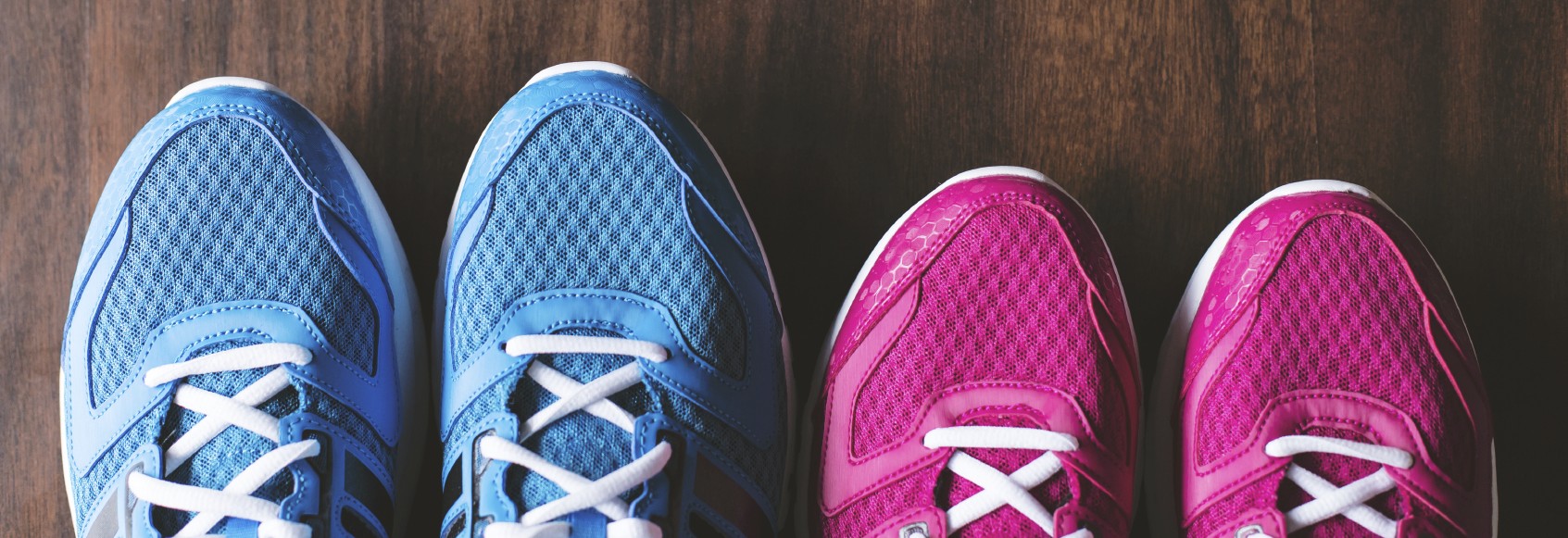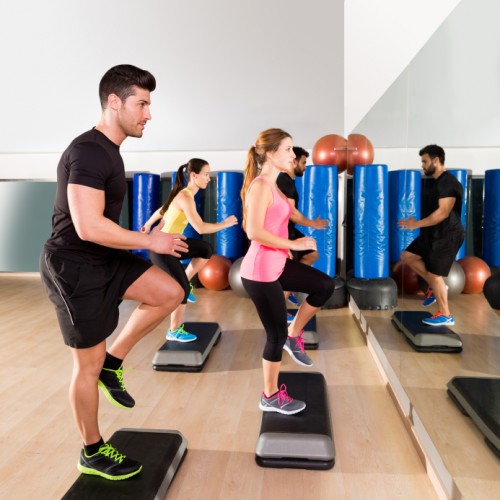
We know we sound like a broken record when we keep saying it’s important to set a fitness goal and have it in the forefront of our minds as we exercise. Keeping in mind WHY we’re working out, though, helps us figure out two important things for each one of us. One, is this exercise getting me closer to my goal? Two, if I get bored with this exercise, what can I do instead that will give me the same result?
How To Prevent Boredom in the Gym
Let’s look at this in terms of the two types of exercise – aerobic, and anaerobic (usually, for us, resistance training).
Aerobic Exercise
In a way, this is easy to change around in order to prevent boredom. The most important thing we need to keep in mind is that aerobic exercise is about getting our heartrates up to a certain level, and maintaining that target heartrate for a certain length of time. So, the question we need to ask ourselves is, what exercise can we do continuously to get our heartrate up and keep it there? Answers like swimming, cycling (either on a regular bicycle or a stationary bike), elliptical training, stair-climbing (either real stairs or a stair-stepper), running, jogging, walking, dancing, or some kind of aerobics class, all come to mind.
 The trick is to be able to maintain the level of activity that does some good and gets us closer to our goals. It’s mostly about target heartrate, remember? Ideally, though, we also need to keep a few other things in mind. We need to take into account the health of our joints, for one thing. Biking may be all right, but the pounding of running may wreak havoc on all our leg joints (hips, knees, ankles, plantar, toes), so running may not be a good alternative. We also need to consider, among other things, our lung capacity, recovery time, convenience of the alternative activity, available equipment, and dependence on the participation – and their skill levels – of others, if applicable.
The trick is to be able to maintain the level of activity that does some good and gets us closer to our goals. It’s mostly about target heartrate, remember? Ideally, though, we also need to keep a few other things in mind. We need to take into account the health of our joints, for one thing. Biking may be all right, but the pounding of running may wreak havoc on all our leg joints (hips, knees, ankles, plantar, toes), so running may not be a good alternative. We also need to consider, among other things, our lung capacity, recovery time, convenience of the alternative activity, available equipment, and dependence on the participation – and their skill levels – of others, if applicable.
We can rotate activities, like a stationary bike, swimming, and power walking, for example, to minimize wear and tear on our joints. We can also rotate solitary and social activities, like, swimming, touch football or pickup basketball, and tennis, to minimize wear and tear on our psyches. We can do some or all, depending on our needs.
Anaerobic Exercise
Resistance training isn’t nearly as flexible when it comes to changing exercise routines around, because larger muscle groups, like pecs and lats, have to be worked before smaller muscle groups, like triceps and biceps. Some folks endorse doing interval training, or splitting muscle groups differently, or performing different exercises for a muscle group (e.g., dumbbell presses instead of bench presses for pecs, or wide-grip lat pulldowns instead of lat rows). Muscles, when isolated like in proper resistance training, work on a joint in only one way. That’s how they’re designed to work. Therefore, changing resistance workouts around can be tricky. Getting a trainer or physical therapist to help with this would be wise beyond expressing.
We CAN change our workouts around so we don’t get bored. Let’s just make sure we do it in such a way that the changes still support our goals.


